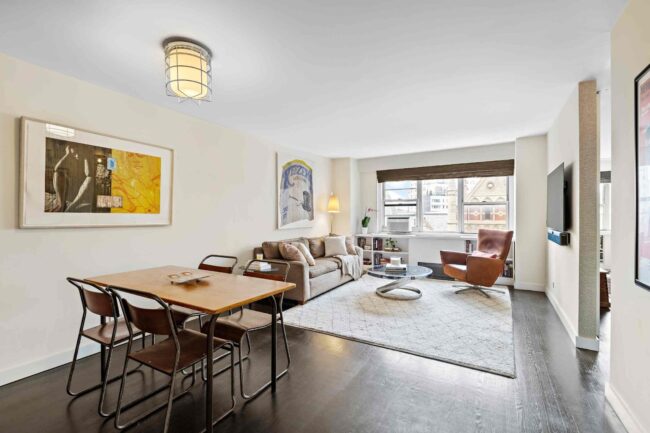
Both traditional exterior photography and drone photography are valuable tools for showcasing properties. They serve different purposes and should not be viewed as interchangeable. Many people assume drone shots can replace traditional exterior images, but each method offers unique strengths. Understanding when to use each approach helps listings stand out and keeps buyers engaged.For anyone working in real estate photography,knowing how to use both effectively is essential.
This article explains the strengths of traditional exterior photography, the advantages of drone imagery, when each is important, and how combining both creates the strongest results.
What Traditional Exterior Photography Does Best
Traditional exterior photography captures details up close. Architectural features, textures, materials and accurate colors are best represented from ground level. Photographers can highlight driveways, porches, landscaping and design elements that are difficult to see from above.
These photos help tell the story of curb appeal. They invite buyers to imagine themselves arriving at the property. Natural lighting and proper perspective create an honest and appealing representation that builds trust. For most listings, high quality traditional photos form the foundation of professional real estate photography.
The Advantages of Drone Photography
Drone photography provides angles and perspectives that traditional cameras cannot reach. Aerial views reveal lot boundaries, roof condition, surrounding scenery and the overall neighborhood environment. This is especially valuable for luxury properties, large estates and homes with impressive outdoor amenities.
Drones help buyers understand layout, scale and how the property sits within its surroundings. Features such as pools, large yards, waterfront access and community amenities are easier to appreciate from above. This makes drone imagery an important complement to ground level photos.
When Drone Photography Is Essential
Drone photography becomes essential for certain types of listings. These include:
- Large estates and acreage
- Farms and ranch properties
- Waterfront homes
- New construction and developments
- Homes with extensive outdoor areas or lifestyle features
Drones allow marketers and photographers to show scale, property boundaries, privacy, walking paths, gardens, docks and outdoor structures clearly. They help buyers view the full scope of the property in a way ground photos cannot.
When Traditional Exterior Photos Beat Drone Shots
There are situations where traditional photos are the better option. Urban homes with limited outdoor space, properties surrounded by dense trees or tall buildings, and homes where aerial views do not add helpful information are better photographed from the ground.
Textures, fine architectural details and subtle design elements are best captured up close. In these cases, traditional exterior photography provides clarity and accuracy that drone images alone cannot achieve.
Using Both: The Hybrid Approach
A combination of drone and traditional photos often produces the strongest listing presentation. Ground level images deliver detail and emotional connection. Drone shots offer scale, location context and a wider visual story.
Together, they create variety and balance. This hybrid approach enhances listing appeal and improves performance on listing websites. Buyers stay longer, click through more photos and engage at a higher rate.
Legal and Safety Considerations of Drones
Using drones requires understanding aviation rules. FAA regulations apply in the United States, and many regions enforce additional restrictions. Drone operators must also consider weather, visibility and local no-fly zones.
Professional photographers need proper training and awareness to ensure safe and legal drone operations while capturing high quality imagery.
Editing Differences and Workflow
Drone images and DSLR ground photos require different post production approaches. Aerial shots may need adjustments for distortion, horizon leveling and color consistency. Ground photos often require attention to lighting, texture and fine detail.
Maintaining consistency across all images is important for cohesive listing presentations. Many photographers now use AI assisted tools to streamline editing and ensure a polished final result.
Conclusion
Drone photography and traditional exterior photography each offer unique benefits. One cannot fully replace the other. Smart real estate marketing uses both to tell a complete visual story.
By understanding the strengths and ideal uses of each approach, photographers and agents can create listings that attract attention, communicate value and increase buyer engagement. The most effective professional real estate photography combines both ground level and aerial perspectives to showcase a property fully and accurately.
